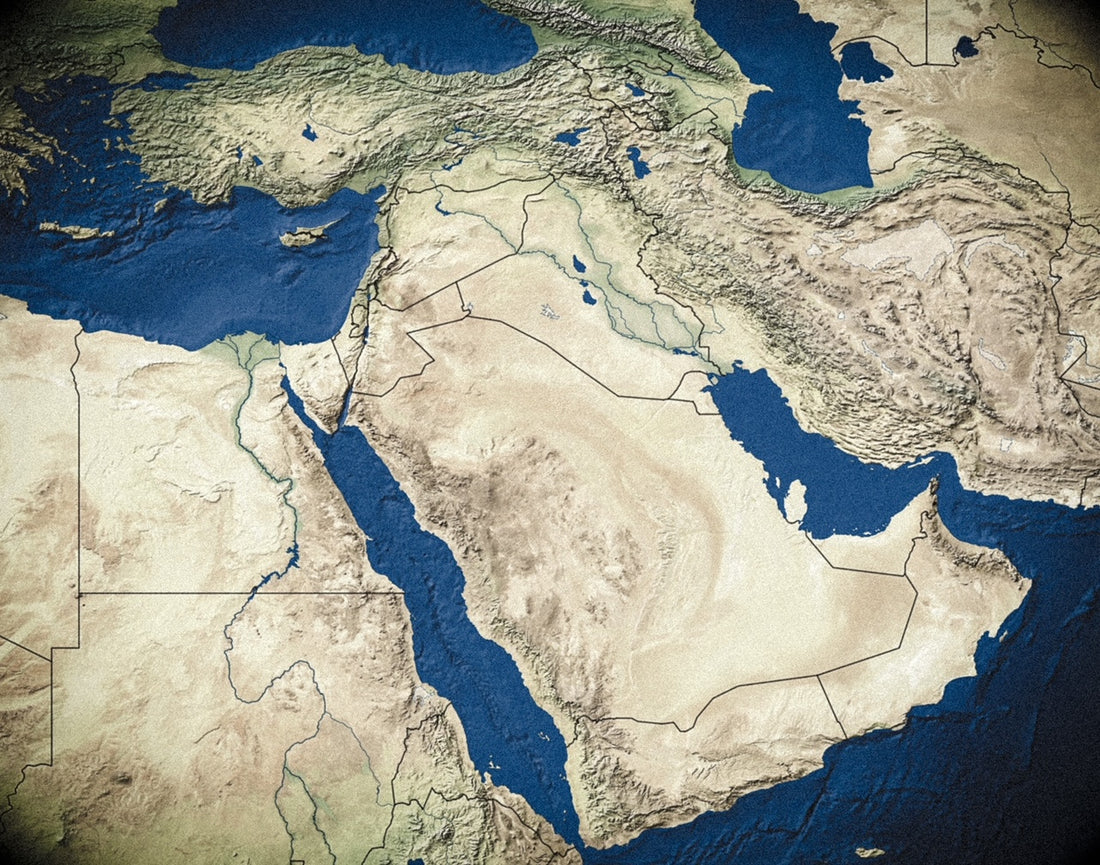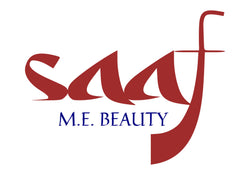
Soap Making Through History: From Mesopotamia to Your Bathroom
The origin of soap making practices can be traced back to ancient civilizations. It's believed that the earliest forms of soap making were accidental discoveries. The Sumerians, who lived in ancient Mesopotamia (modern-day Iraq), are often credited with the early use of soap-like substances. They discovered that a mixture of animal fats and wood ash, commonly found around cooking fires, could be used to clean textiles. They would rub this mixture onto cloth to remove dirt and stains.
Ancient Egyptians are known to have used a form of soap for personal hygiene. They combined animal and vegetable oils with alkaline salts to create a cleansing substance that was used for bathing. Some evidence suggests that they even scented their soaps with various aromatic substances.
The use of soaps started to spread throughout other parts of the world - Ancient Greece & Rome. After the decline of the Roman Empire the use of soaps also declined in Europe but continued to be practiced in the Middle East. Soaps were reintroduced to Europe during the Renaissance period.
Aleppo soaps and Nablus soaps - oldest forms of soap bars - gained recognition and popularity not only in the cities themselves but also in surrounding regions. The soap's reputation for its quality and unique properties, particularly olive oil, spread across trade routes to Europe and beyond.
Soap making practices have evolved over time from simple mixtures of fats and ash to the complex formulations of modern soaps. Throughout history, soap has played a crucial role in maintaining hygiene and cleanliness. The benefits of a humble bar of soap is quite impressive and underestimated.

